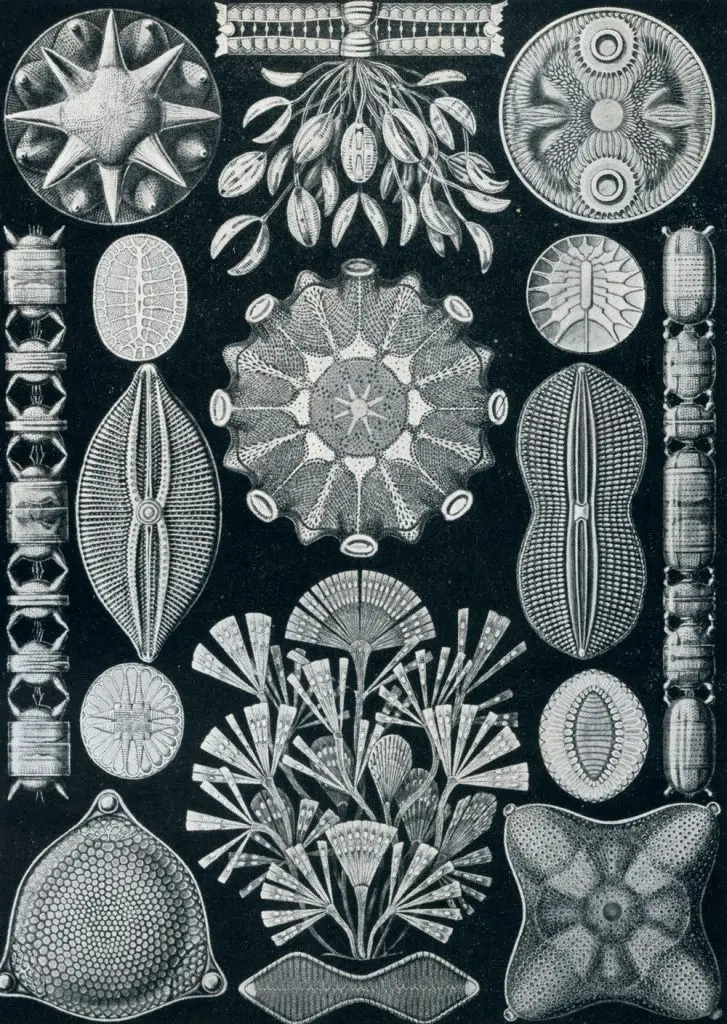You could be forgiven for thinking these are a form of precious stone. You could also be forgiven for knowing little to nothing about these amazing creatures. Diatoms are a form of algae, in fact, a very common phytoplankton. It’s estimated that there could be as many as 200,000 different varieties. They are in such abundance that you probably use them every day without realizing it.
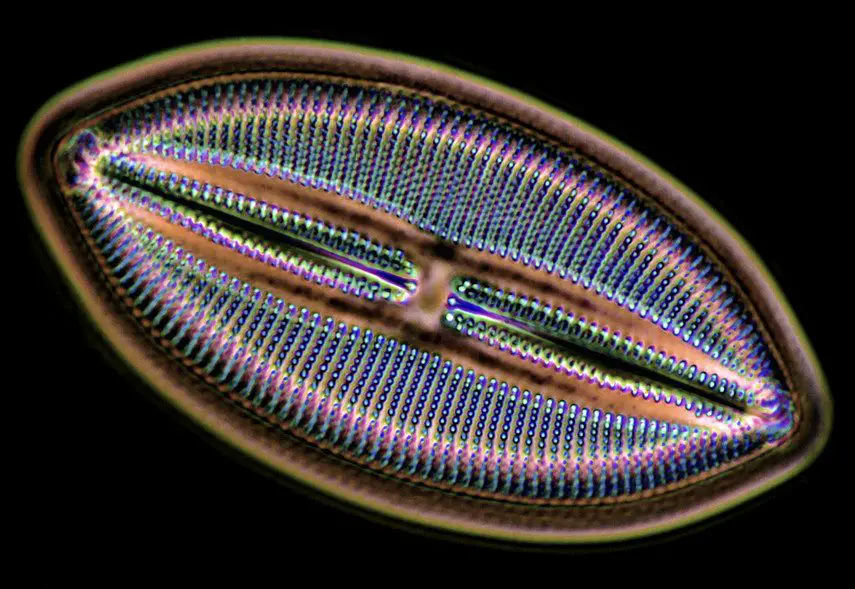
They are found in everything from cosmetics and toothpastes, in foods as an anti-caking agent, in cat litter, pesticides and polishes, right through to that very same diatomaceous earth that is used in many pond and pool filters and even to filter your drinking water!
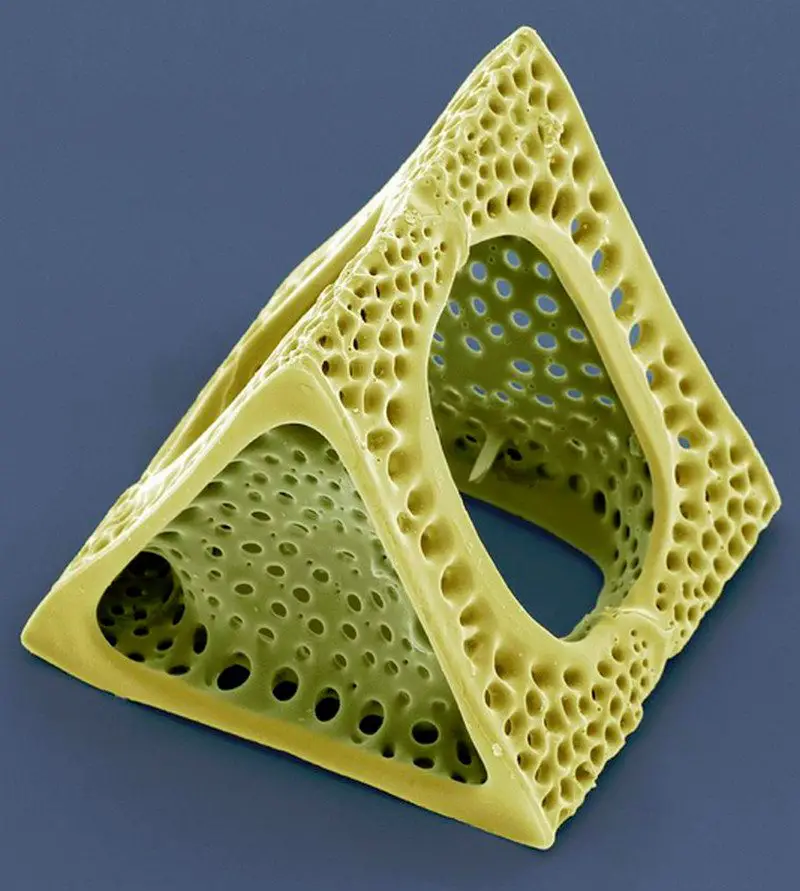
But you need to thank these gorgeous creatures for something far more important… they produce roughly 20% of the oxygen in our atmosphere! But wait, there’s more!

Diatoms help mediate carbon and oxygen cycles and they’re a critical foundational component of marine food webs – the plankton eaters get eaten by bigger fish all the way up the line.
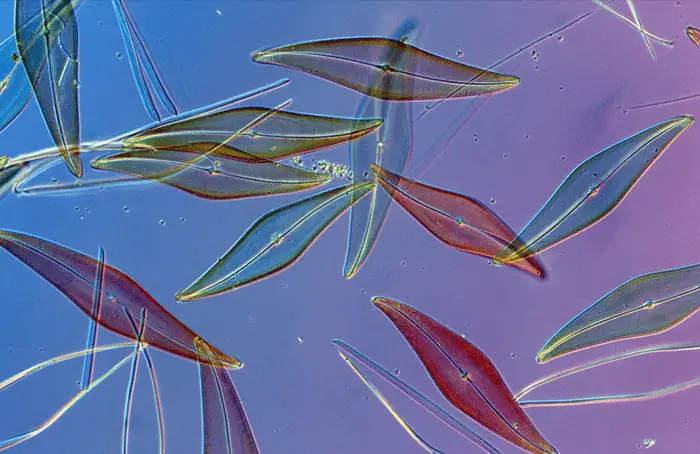
During life, diatoms process an incredible amount of silica which remains after death in the form of their skeleton. That diatom silica makes up about one-quarter of the earth’s crust! They may be tiny, but they carry one heck of an environmental wallop!
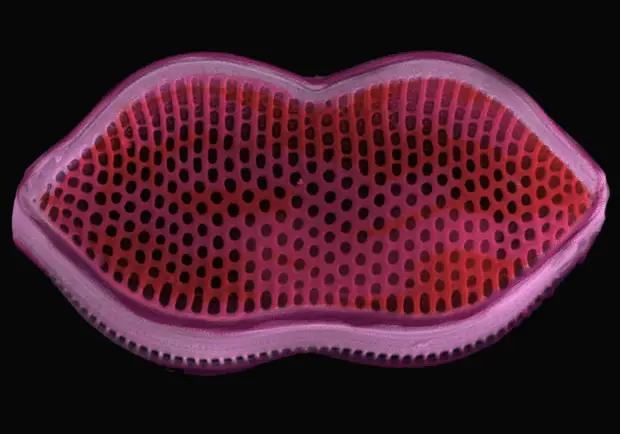
Diatom Art
Victorian era microscopists delighted in arranging these tiny, jewel-like glass shells in intricate patterns, too small for the naked eye to see. The best of these were stunning technical and artistic feats. Filmmaker Matthew Killip made a documentary about the last remaining master of the art, Klaus Kemp. Having devoted much of his life to understanding and perfecting the artform, Kemp now publishes an online newsletter about diatoms.
Here are some examples of his work. If you remember that these cannot be seen with the naked eye, you’ll understand the extraordinary skill involved:
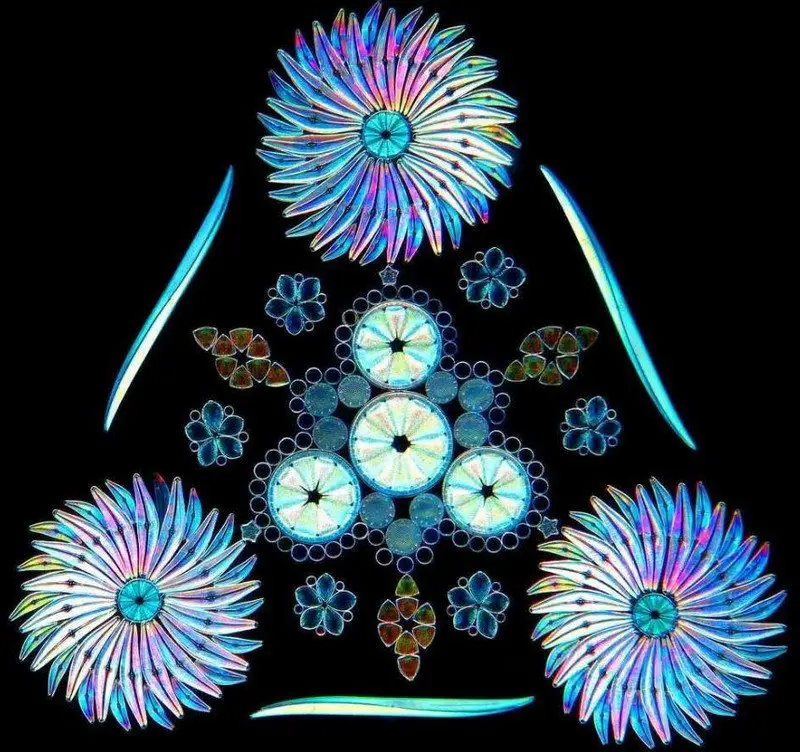

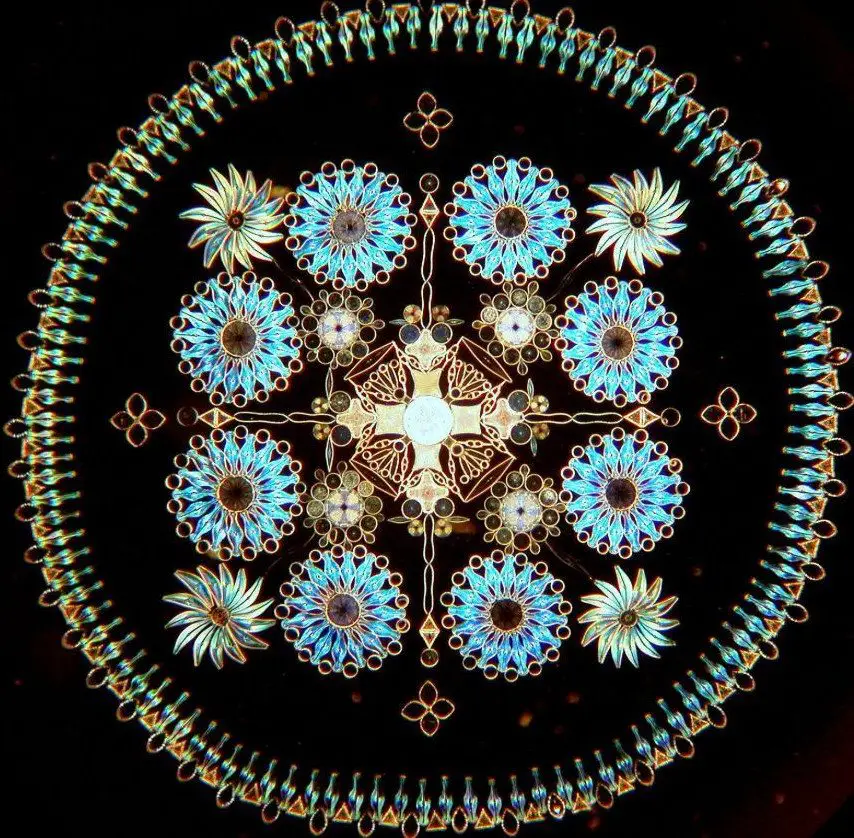
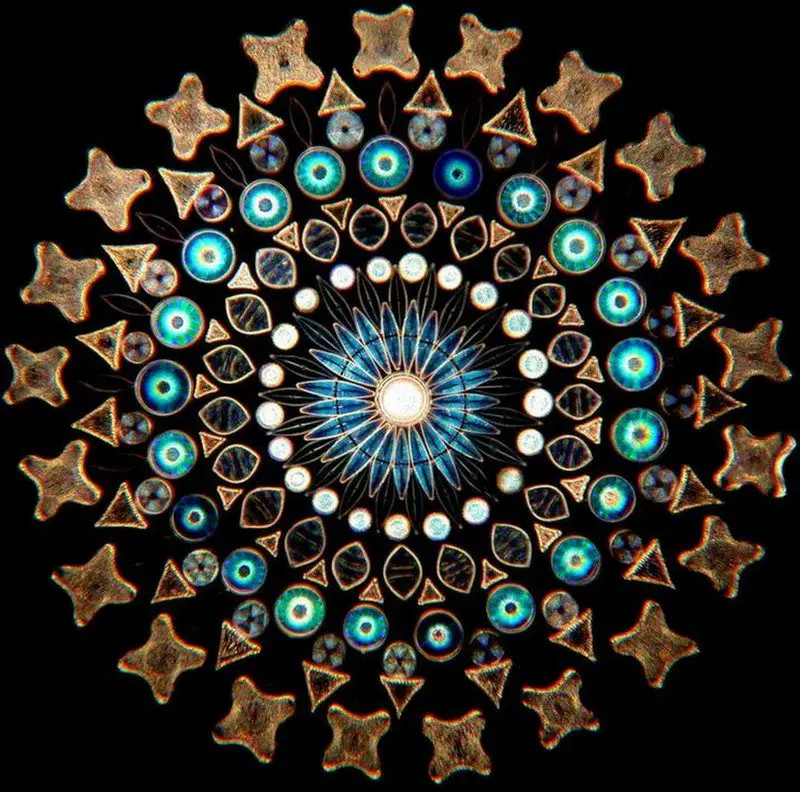
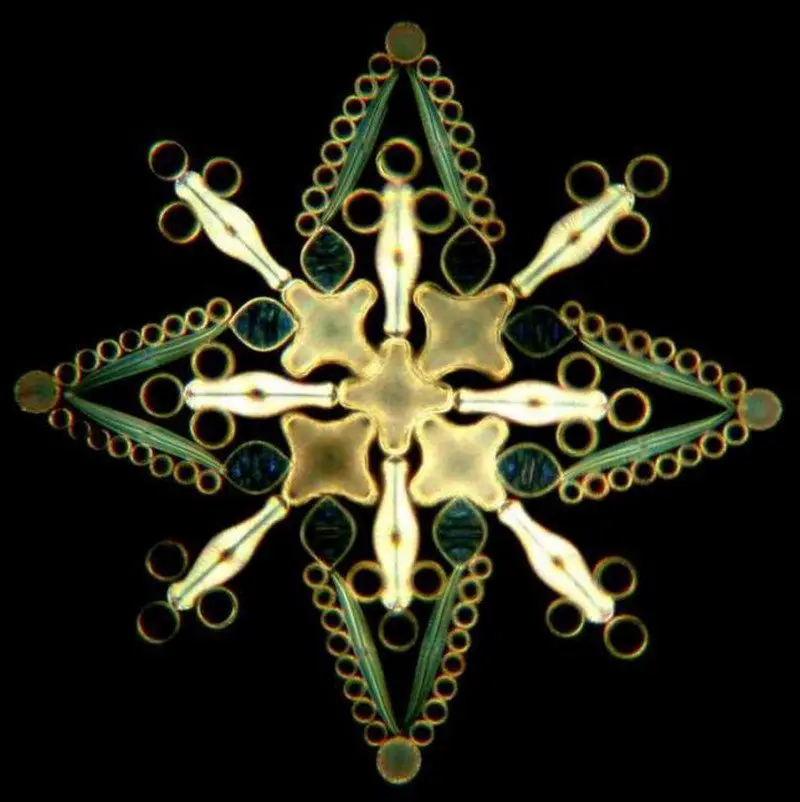
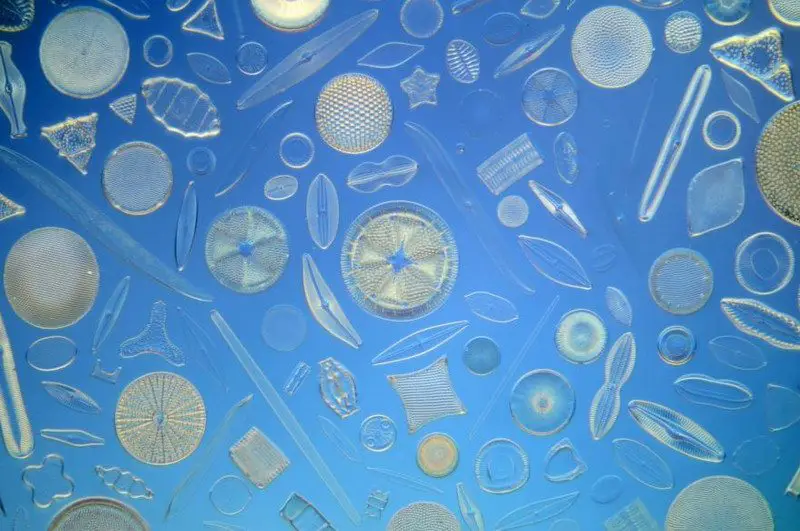
Here’s filmmaker Matthew Killip explaining how he came to make The Diatomist.
“I’m really interested in the way people interact with the natural world (I’ve previously made a series of short documentaries for UK TV about working relationships with monkeys and apes). I’m also a huge admirer of the Victorian naturalists … So I was very excited when I recently saw my first Diatom arrangements, by the German master JD Möller (1844 – 1907). The arrangements really embody that beautiful combination of art and science one can find in the period, and I loved seeing the hand of man display the work of nature so beautifully. The overwhelming variety and intricacy of diatoms can’t help but recall Darwin: “endless forms most beautiful and most wonderful have been, and are being, evolved.
I was very curious to see if anyone still practiced diatom arrangement and also to find out how it was done. I managed to track down Klaus Kemp in the UK- he’s really the only person doing this to a professional level (he’s able to make a living from a small base of collectors) – and filmed with him for one afternoon in December 2013.
During the filming Klaus told me all the Victorian diatomists took their secrets to the grave, so there was no accurate information on the practice when he first started, aged sixteen. It has taken him years to be able to create these stunning microscopic slides of arranged diatoms, and although The Diatomist is a modest short film I hope it does some justice to what really is Klaus’ life’s work.”
THE DIATOMIST is a short documentary about Klaus Kemp, master of the Victorian art of diatom arrangement.
Ready to try this yourself? Then head over to Raymond Hummelink’s tutorial. You can also find more information on mounting diatoms at the Victoria University of Wellington website.
As always, we’d love to read your comments and additions. Just scroll down to the comments box below!

